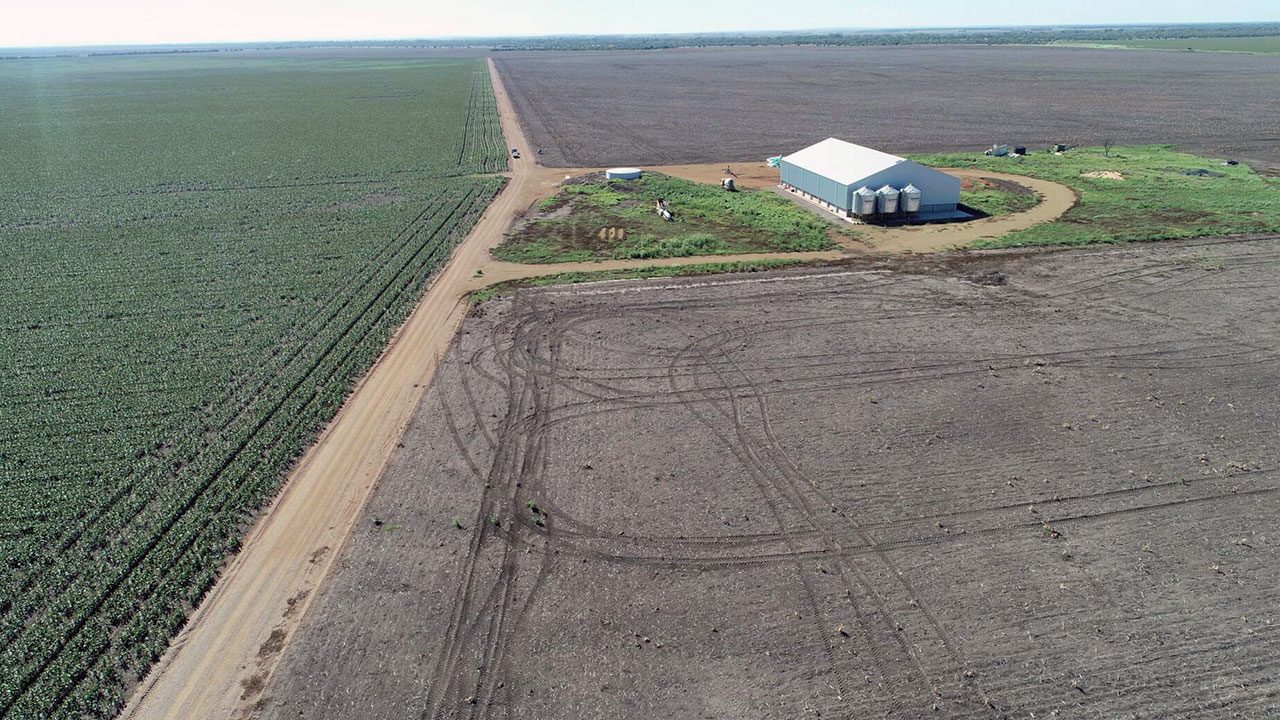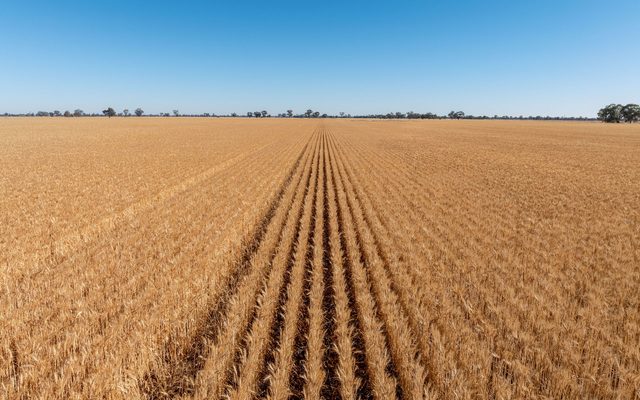This article is from the Australian Property Journal archive
MELBOURNE-based Tiverton Agricultural Impact Fund has listed its 10,619-hectare Queensland property to the market for a second time since transforming the former cattle breeding and finishing enterprise into a cropping farm, this time hoping for $50 million.
Tiverton paid $27 million in 2017 for Picardy Station, in the Isaac Region, and undertook a four-year program of converting the property into a large-scale dryland farming operation growing sorghum, chickpeas and cover crops.
It took the asset to the market two years ago with reported hopes of as much as $60 million.
Col Medway and Danny Thomas of LAWD have the listing, billed as “a unique large scale dryland cropping and grazing enterprise based on highly favourable soil types, topography and fit for purpose operational improvements, located in a summer dominant rainfall environment”.
Nearly 75%, or 7,819 hectares have been developed to dryland cropping with the balance utilised for grazing.
Picardy Station has deep self-mulching fertile soils with potential to sequester carbon under focussed management.
Infrastructure includes office, machinery shed, workshop, chemical shed, two storage sheds, two cattle yards, outpost cattle yards, 5,300 tonnes of grain storage, a two-bedroom manager’s residence and workers’ quarters
Tiverton’s other assets include the 33,765-hectare NSW conservation project The Great Cumbung, which it acquired in partnership with not-for-profit group The Nature Conservancy Australia in 2019, as well as the 6,658-hectare dryland broadacre cropping Jamea Aggregation, also in NSW, where it is planning a soil carbon sequestration project, and the 4,764-hectare Orana property in Victoria, which it is converting from conventional to sustainable cropping and permanent planting, is home to and a sanctuary for the Eastern Bettong and Bush Stone Curlew.




